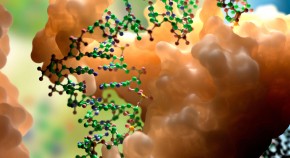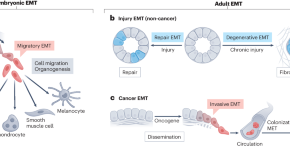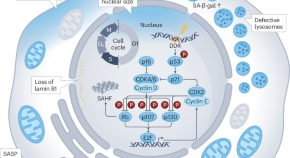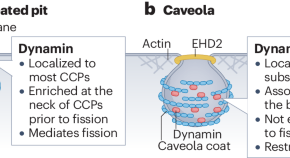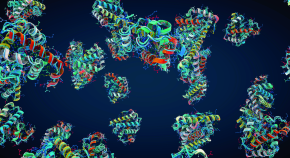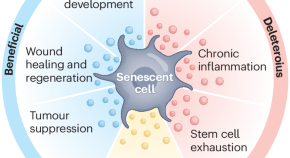
Announcements
-
-
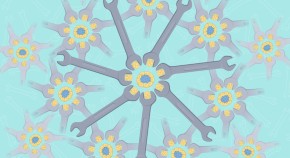
Share your Tools of the Trade
-
Advertisement
-
-

Fundamentals of redox regulation in biology
Oxidation–reduction (redox) reactions involving reactive oxygen, nitrogen and sulfur species are vital for life, but excessive oxidant levels contribute to ageing and diseases. This Review explores cellular dynamics of redox homeostasis, such as responses to oxidative and reductive stresses and intracellular and intercellular redox communication pathways.
-
-

Lipids and membranes
This article series brings together Reviews that focus on key advances in understanding membrane biology as well as the regulation and functions of their lipid components, including their roles as bioactive molecules and their interplay with metabolism.




